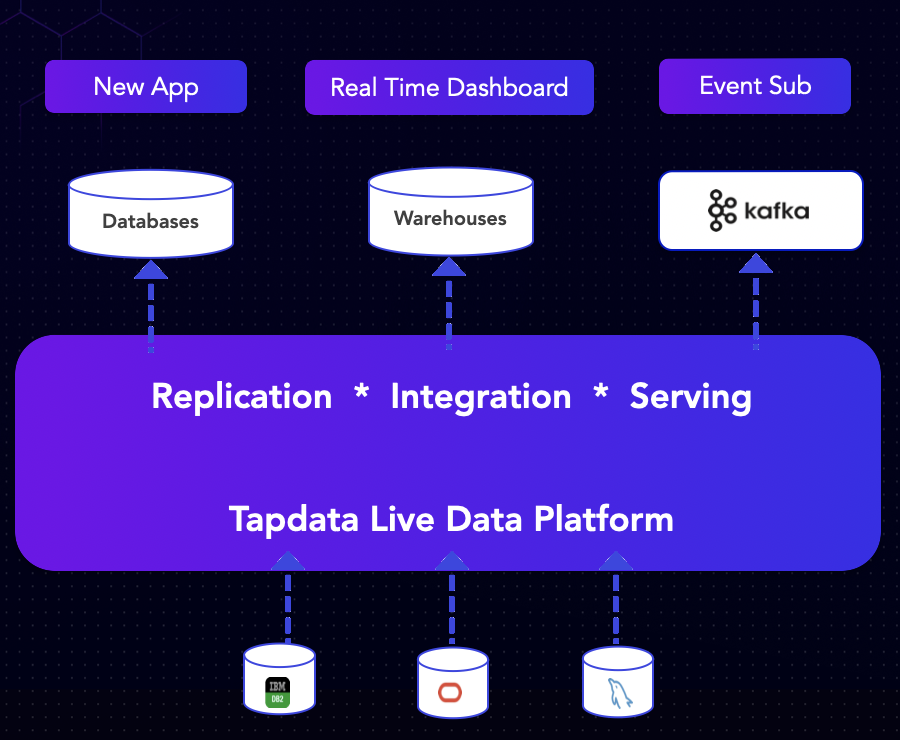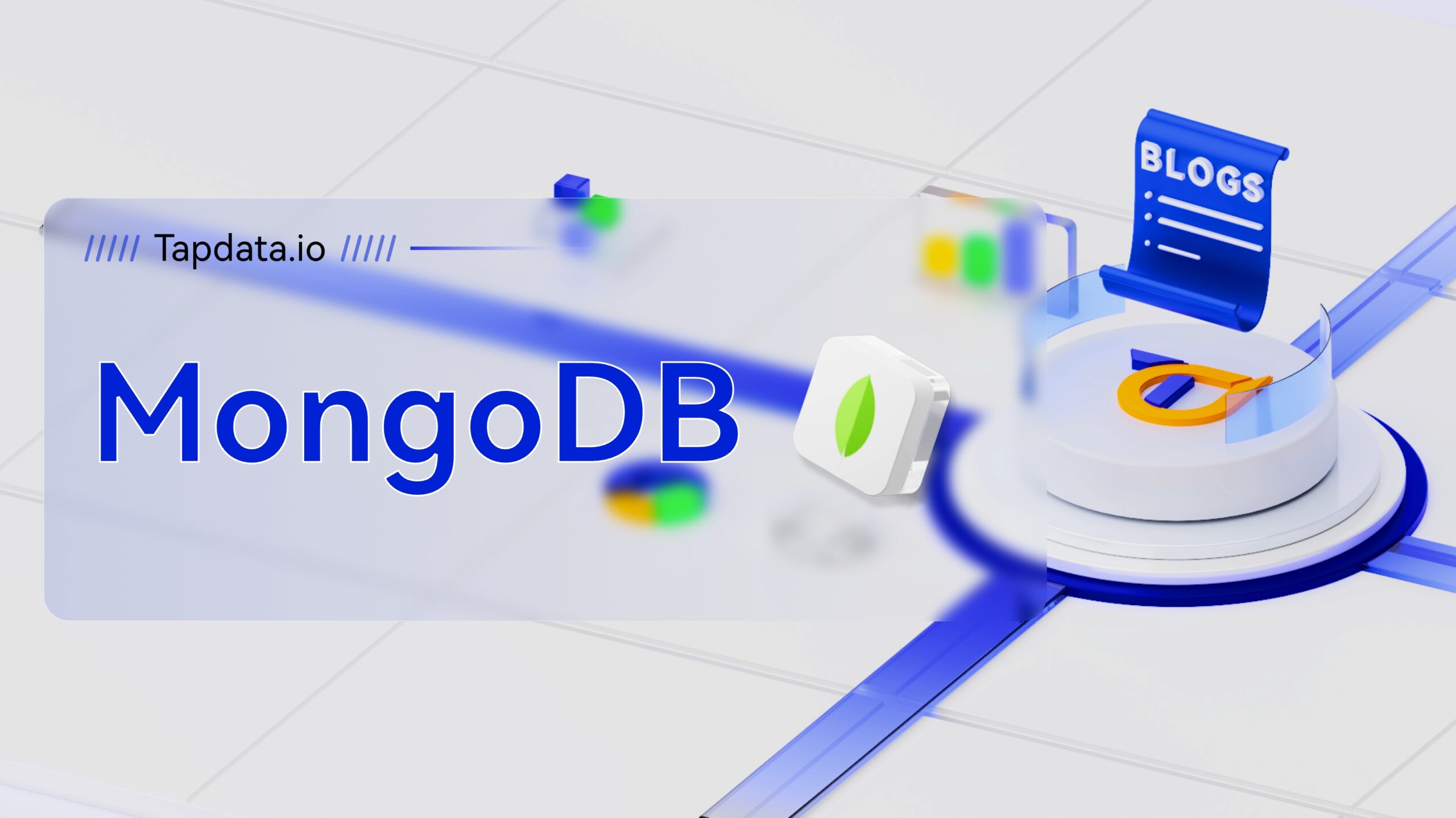Introduction to MongoDB and Its Unique Advantages
MongoDB, a leading NoSQL database, offers a range of unique advantages that set it apart from traditional SQL databases. Its exceptional speed in retrieving data, delivering consistent retrieval times, and scalability make it a compelling choice for various use cases.
What Makes MongoDB Stand Out
One of the key differentiators of MongoDB is its remarkable speed in data retrieval. According to comparative analysis, MongoDB is reported to be 100 times faster in retrieving data compared to traditional SQL databases. This not only leads to significant performance improvements but also results in cost savings for organizations leveraging MongoDB for their data management needs.
Furthermore, MongoDB's distributed nature provides a major performance boost, making it more scalable than SQL Server. This scalability allows organizations of all sizes to handle large volumes of data with ease while experiencing radical improvements in developer productivity. The ability to scale horizontally based on variable data loads further solidifies MongoDB's position as a game-changer in modern data management.
The Ideal Scenarios for MongoDB Use
MongoDB's flexibility and capability to handle dynamic data models and unstructured datasets make it an ideal choice for scenarios involving complex and evolving data structures. Whether it's managing intricate financial records or accommodating diverse user-generated content, MongoDB excels at handling the diverse and evolving nature of modern data.
Moreover, organizations grappling with complex data challenges find unparalleled advantages in MongoDB's capabilities. Its ability to store unstructured datasets seamlessly and adapt to changing schema requirements makes it an indispensable tool for businesses navigating the complexities of modern data management.
In the next section, we will delve into specific scenarios where leveraging MongoDB proves exceptionally beneficial for various projects.
When to Use MongoDB for Your Project

When considering the use of MongoDB for a project, it's essential to evaluate specific scenarios where its unique capabilities provide significant advantages over traditional SQL databases. The decision to leverage MongoDB should be based on the project's requirements, particularly in handling large volumes of data, managing complex and evolving data structures, and developing high-performance applications.
Handling Large Volumes of Data
In today's data-driven landscape, the ability to manage large volumes of data is crucial for many organizations. MongoDB excels in this area by offering seamless scalability without adding complexity to the application. As data volumes continue to grow exponentially, the need for a database system that can handle high workloads with ease becomes paramount. With its horizontal scaling capability and automatic sharding feature, MongoDB ensures high availability and performance even as data loads increase. This makes it an excellent choice for applications dealing with big data and demanding real-time workloads.
Managing Complex, Evolving Data Structures
The flexibility of MongoDB's schema allows it to effectively manage complex and evolving data structures. Unlike traditional SQL databases, which often struggle with dynamic data models and unstructured datasets, MongoDB seamlessly adapts to changing schema requirements. Its support for sharding enables the distribution of collection documents across multiple instances or "shards," making it extremely cost-efficient compared to vertical scaling in traditional SQL databases. This feature is particularly beneficial when handling expected data growth and variable data loads.
High-Performance Applications
For projects requiring high-performance applications, MongoDB offers speed and efficiency in data retrieval that surpasses traditional SQL databases. The distributed nature of MongoDB provides a major performance boost by allowing dataset sharding into smaller chunks distributed across multiple machines. This results in shorter query times and faster processing compared to SQL Server, making it an ideal choice for applications where rapid access to large volumes of data is critical.
How to Start MongoDB: A Beginner's Guide
Getting started with MongoDB is an exciting journey into the world of NoSQL databases. Whether you are a seasoned developer or just beginning your programming adventure, MongoDB offers a wealth of resources and tutorials to help you embark on this learning path.
Setting Up MongoDB
Setting up MongoDB for the first time is a straightforward process that can be accomplished in a few simple steps. To begin, it's essential to download the appropriate version of MongoDB based on your operating system. Once downloaded, the installation involves basic configuration settings and prompts that guide users through the setup process seamlessly.
Basic Installation Steps
-
Download the latest version of MongoDB from the official website.
-
Follow the installation wizard, selecting preferred settings such as installation directory and data storage location.
-
Complete the installation and verify the successful setup by accessing the MongoDB shell.
Designing Your First Database
Understanding how to design your first database in MongoDB is fundamental to harnessing its full potential. The concept of collections and documents forms the core structure of MongoDB, offering flexibility and scalability for diverse data models.
Understanding Collections and Documents
In MongoDB, data is stored in collections, which are akin to tables in traditional SQL databases but with distinct differences. Each record within a collection is represented as a document, encapsulating key-value pairs that define its attributes. This document-based approach allows for dynamic schema designs, enabling developers to adapt their data structures without constraints typically associated with rigid schemas.
Best Practices for New MongoDB Users
As you embark on your journey with MongoDB, it's crucial to adopt best practices that ensure security, backup mechanisms, and optimal performance for your databases.
Security, Backup, and Performance Tips
-
Implement robust authentication mechanisms to secure access to your MongoDB instances.
-
Regularly back up your databases using reliable backup solutions or cloud-based services like Atlas.
-
Optimize query performance by indexing frequently accessed fields and monitoring query execution plans for efficiency enhancements.
By following these best practices, new users can establish a solid foundation for managing their databases effectively while mitigating potential risks associated with data security and integrity.
Connecting Your Application to MongoDB
Connecting your application to MongoDB is a critical step in leveraging its powerful capabilities for data management and retrieval. Understanding the basics of database connection, troubleshooting common issues, and exploring tools and libraries to enhance connectivity are essential aspects of integrating MongoDB into your projects.
The Basics of Database Connection
When it comes to connect to MongoDB, it's crucial to understand the fundamental components that facilitate this integration. Connection strings play a pivotal role in establishing a secure and efficient link between your application and the MongoDB database. These strings contain essential parameters such as server addresses, authentication credentials, and database names, enabling seamless communication between the application and the database.
Moreover, selecting appropriate drivers for your programming language or framework is vital in ensuring compatibility and optimized performance. Whether you are using Python, Node.js, Java, or any other programming language, choosing the right driver enhances the efficiency of data retrieval and manipulation within your application.
Troubleshooting Common Connection Issues
In real-world scenarios, developers often encounter common connection issues when integrating their applications with MongoDB. Addressing these challenges effectively is crucial for maintaining uninterrupted access to data and ensuring optimal performance.
Connectivity problems may arise due to network configurations or firewall restrictions that impede the establishment of a secure connection. Additionally, authentication issues can hinder successful connections if credentials are not configured accurately within the application settings. Furthermore, performance problems such as slow query execution or inefficient data retrieval can impact the overall user experience.
Tools and Libraries to Enhance Connectivity
Developers have access to a plethora of tools and libraries designed to streamline connectivity with MongoDB while enhancing functionality and performance. These resources offer valuable features that simplify database operations and optimize data interaction within applications.
Popular tools such as MongoDB Compass provide an intuitive graphical interface for visually exploring databases, executing queries, and analyzing document structures. This tool significantly simplifies database management tasks for developers while offering insights into query optimization and index utilization.
Furthermore, libraries like Mongoose for Node.js offer an elegant solution for modeling application data with built-in type casting, validation, query building, business logic hooks, and more. Leveraging such libraries enhances code organization while providing robust schema definition capabilities for seamless integration with MongoDB.
In addition to these tools and libraries, various community-supported plugins extend connectivity options by offering enhanced features such as real-time data synchronization across distributed systems or advanced query optimization techniques.
By leveraging these resources effectively, developers can elevate their applications' connectivity with MongoDB, ensuring streamlined operations while harnessing its full potential for scalability and productivity.
Leveraging TapData for MongoDB Integration
What is TapData?
TapData is an open source, real-time data platform designed to solve the age-old data integration problem with a novel approach:
-
Uses CDC-based, real-time data pipelines instead of batch-based ETL
-
Supports a centralized data hub architecture, in addition to point-to-point
TapData streamlines the process of integrating diverse data sources, including MongoDB, into a unified and accessible format. With its robust capabilities, TapData serves as a pivotal solution for organizations seeking to harness the full potential of their MongoDB databases while ensuring seamless connectivity with other data repositories.
An overview of TapData's capabilities
The platform offers comprehensive support for real-time data integration, enabling organizations to aggregate, transform, and synchronize data from various sources, including MongoDB. Its intuitive interface and flexible configuration options empower users to define custom data pipelines tailored to their specific requirements. This ensures that data from MongoDB can be seamlessly integrated with other systems and applications, facilitating a cohesive approach to data management and utilization.
How TapData Simplifies MongoDB Integration
By leveraging TapData, organizations can achieve real-time synchronization of data between MongoDB and other platforms, eliminating the complexities associated with manual data migration or transformation processes. The platform's advanced features enable automatic schema mapping and transformation, allowing disparate datasets from MongoDB to be harmonized effortlessly with other structured or unstructured data sources.
Moreover, TapData facilitates efficient management of complex data structures within MongoDB by providing robust tools for schema normalization and standardization. This simplifies the process of integrating diverse datasets with varying schemas into a unified format, ensuring consistency and coherence across the entire data ecosystem.
Real-time Data Integration and Management
The real-time capabilities of TapData empower organizations to maintain up-to-date insights derived from MongoDB by enabling continuous synchronization with downstream systems. This ensures that critical business intelligence derived from MongoDB remains readily accessible for analytics, reporting, and application development purposes. As a result, organizations can leverage the full spectrum of MongoDB's capabilities without encountering barriers related to disparate or siloed datasets.
Comprehensive MongoDB Data Model Support
TapData simplifies the process of connecting to modern document databases like MongoDB or MongoDB Atlas. It seamlessly converts relational tables into denormalized MongoDB collections, preserving data integrity and leveraging MongoDB's unique document-oriented model. TapData's features include real-time merging of relational to document models, handling embedded arrays/documents, and automating insert/update/delete operations within sub-documents. With TapData, users can effortlessly consolidate multiple tables into a single MongoDB collection, aligning with best practices for efficient data storage and retrieval.

With TapData Live Data Platform, integrating your existing relational databases with modern solutions like MongoDB is effortless. Simply connect your application systems to TapData, whether on-premises or in the cloud, with no coding required. TapData leverages database log monitoring to instantly convert change events into streaming data streams. These streams include full record data for each row, allowing for optional filtering or transformation. You have the flexibility to send this data to various destinations such as Kafka for multiple consumers or modern databases like MongoDB for analytics. At the core of this capability is our Change Data Capture (CDC)-based data pipeline.
Case Studies: Success Stories with TapData and MongoDB
Several prominent organizations have realized substantial benefits from integrating MongoDB with TapData, showcasing its effectiveness in addressing diverse use cases.
-
In one instance, a famous jewelry company replaced traditional technologies like relational databases with centralized data platform built on MongoDB for every type and frequency of marketing data. The agility and scalability offered by MongoDB proved instrumental in meeting their stringent requirements for fast reads and ad hoc queries.
-
Another case study highlights how MongoDB served as a central platform for all financial data at an AI agency. By leveraging its document model and scalability features, MongoDB facilitated fast reads and ad hoc queries across diverse financial datasets while maintaining high levels of agility.
These case studies underscore the transformative impact of integrating MongoDB with TapData, demonstrating its ability to enhance operational efficiency while unlocking new possibilities for seamless data integration.
Explore Now
TapData is a CDC based real time data integration platform, available in Cloud, Enterprise, and soon Community edition. And it can actually handle much more than just moving data from relational databases to MongoDB.
>>> Schedule a Tapdata demo now to explore further.
>>> Start your real-time data journey with a free Tapdata trial today.
>>> Contact Us: team@tapdata.io


